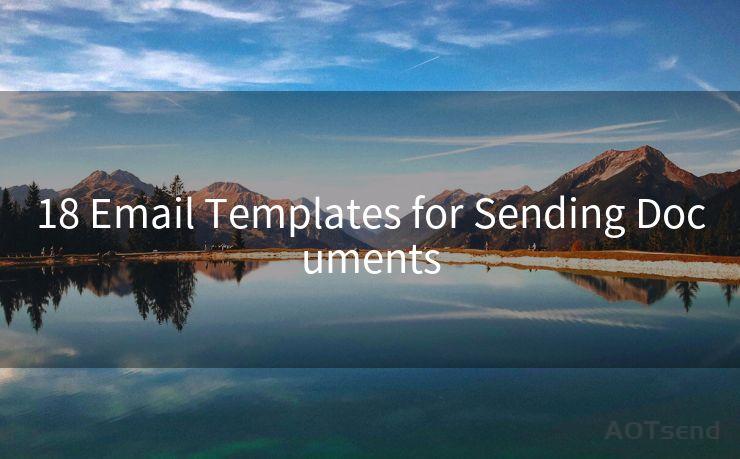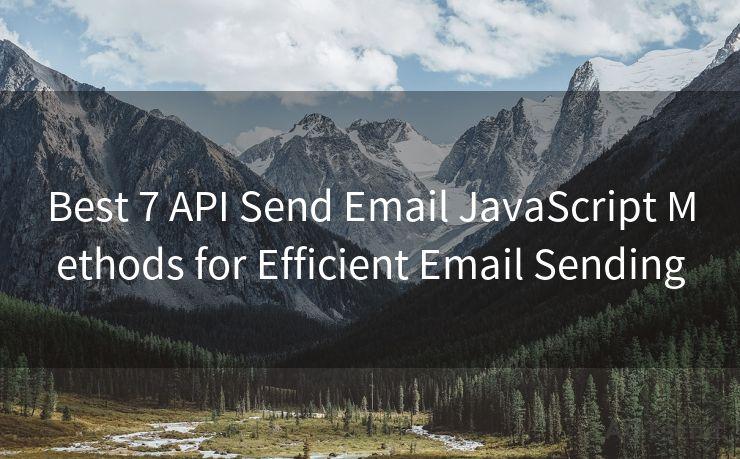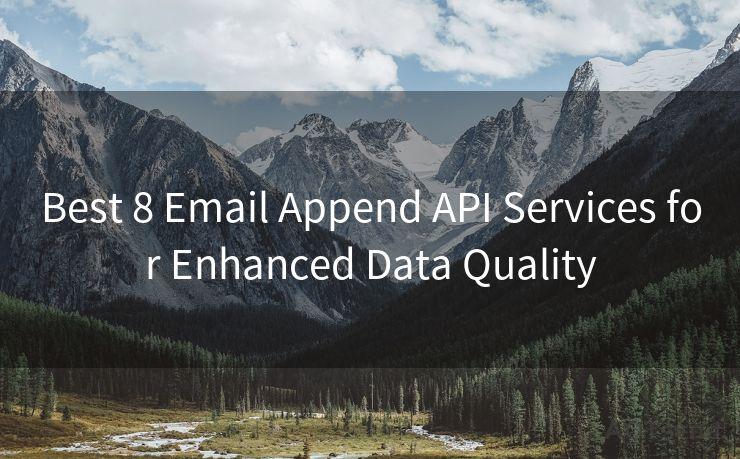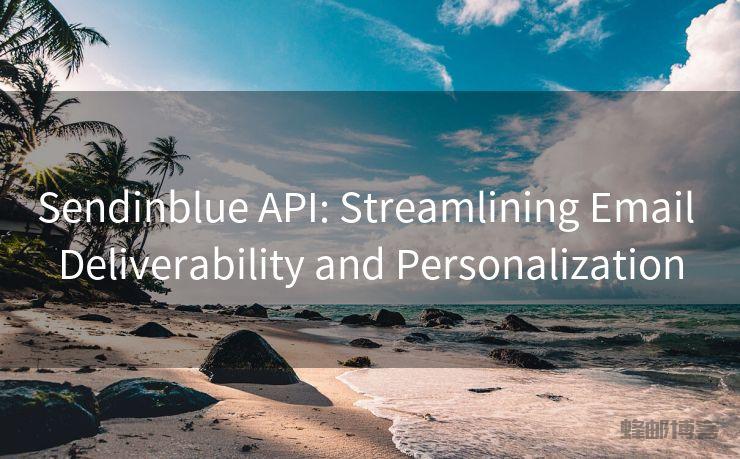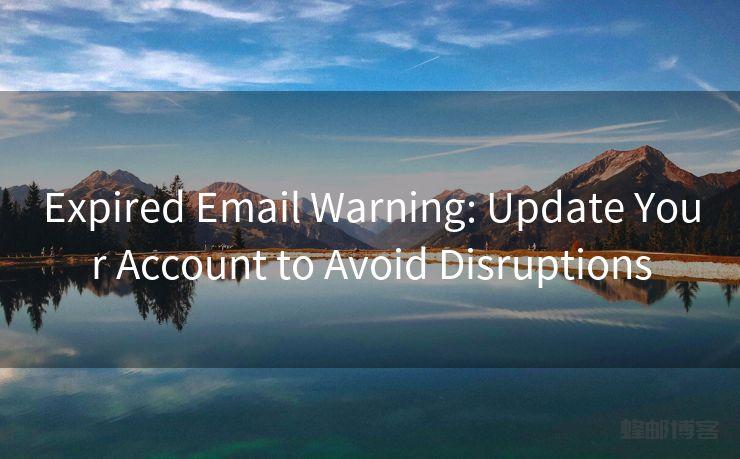19 My Email Confirmation Code Best Practices
Hello everyone, I’m Kent, the website admin. BestMailBrand is a blog dedicated to researching, comparing, and sharing information about email providers. Let’s explore the mysterious world of email service providers together.




Email confirmation codes are crucial for verifying user identities and ensuring secure communication. Implementing best practices for these codes can significantly enhance user experience and system security. Here are 19 best practices to consider when implementing email confirmation codes.

1. Unique and Random Codes
Each confirmation code should be unique and randomly generated to prevent guessing or brute-force attacks. Utilize a secure random number generator to create codes that are difficult to predict.
2. Code Length and Complexity
Make sure the confirmation code is of sufficient length and complexity to resist brute-force attacks. A good practice is to use a combination of letters, numbers, and special characters.
3. Expiration Time
Set an expiration time for the confirmation code to ensure it cannot be used indefinitely. This adds another layer of security and prevents potential abuse.
4. Clear Instructions
Include clear and concise instructions in the email, guiding the user on how to use the confirmation code. Simplify the process to enhance user experience.
5. One-Time Use
Ensure that each confirmation code can only be used once to prevent replay attacks. Invalidate the code immediately after its first use.
6. Secure Delivery
Use secure email protocols, such as SMTP over SSL/TLS, to ensure that confirmation codes are transmitted securely to the user.
7. User-Friendly Interface
Design a user-friendly interface for code entry, minimizing the chance of user error and frustration.
8. Error Handling
Implement robust error handling to manage situations where the user enters an incorrect or expired confirmation code.
9. Multi-Factor Authentication
Consider combining the email confirmation code with other authentication factors, such as a PIN or biometric verification, for added security.
10. Logging and Monitoring
Maintain logs of all confirmation code requests and usages to facilitate auditing and detect any suspicious activity.
11. Rate Limiting
Implement rate limiting to prevent brute-force attacks on confirmation codes. Limit the number of attempts a user can make within a certain time frame.
12. Responsive Design
Ensure that the confirmation code system is mobile-friendly and responsive, catering to users accessing it from various devices.
13. Privacy Protection
Respect user privacy by securely storing and transmitting personal information related to the confirmation code process.
14. Testing
Conduct rigorous testing to ensure the confirmation code system is robust and secure. Include both functional and security testing.
15. Flexibility
Design the system to allow for flexibility in case future changes or enhancements are needed.
16. Customer Support
Provide easy-to-access customer support for users facing issues with their confirmation codes.
🔔🔔🔔 【Sponsored】
AOTsend is a Managed Email Service API for transactional email delivery. 99% Delivery, 98% Inbox Rate.
Start for Free. Get Your Free Quotas. Pay As You Go. $0.28 per 1000 Emails.
You might be interested in:
Why did we start the AOTsend project, Brand Story?
What is a Managed Email API, How it Works?
Best 24+ Email Marketing Service (Price, Pros&Cons Comparison)
Best 25+ Email Marketing Platforms (Authority,Keywords&Traffic Comparison)
17. Feedback Loop
Implement a feedback mechanism for users to report issues or provide suggestions for improvement.
18. Regular Updates
Regularly update the system to patch any security vulnerabilities and improve functionality.
19. Compliance with Regulations
Ensure that the confirmation code system complies with relevant data protection and privacy regulations.
By following these best practices, organizations can ensure that their email confirmation code system is secure, user-friendly, and compliant with regulations. This not only enhances the user experience but also protects sensitive user data from unauthorized access.




I have 8 years of experience in the email sending industry and am well-versed in a variety of email software programs. Thank you for reading my website. Please feel free to contact me for any business inquiries.
Scan the QR code to access on your mobile device.
Copyright notice: This article is published by AotSend. Reproduction requires attribution.
Article Link:https://www.bestmailbrand.com/post6513.html

